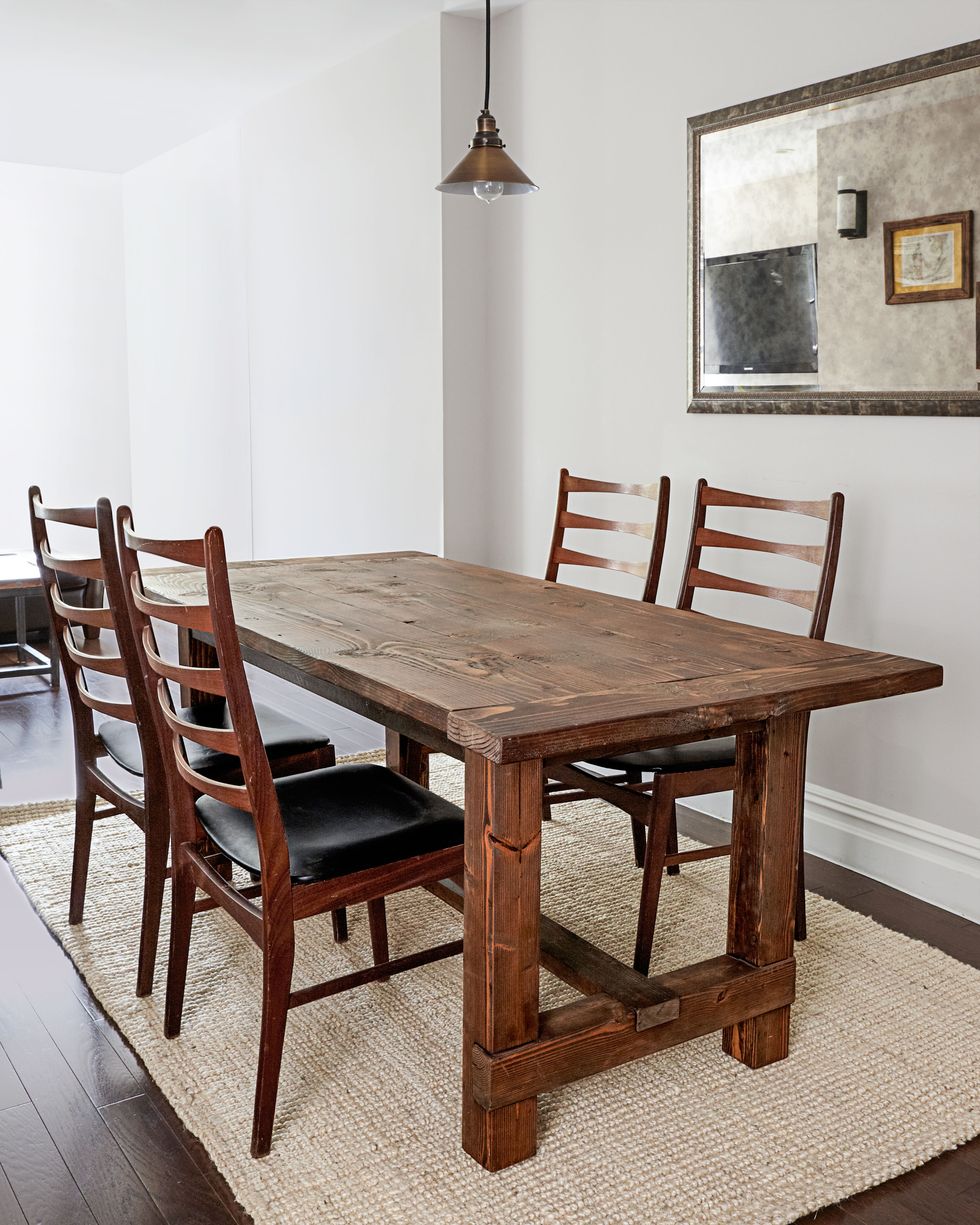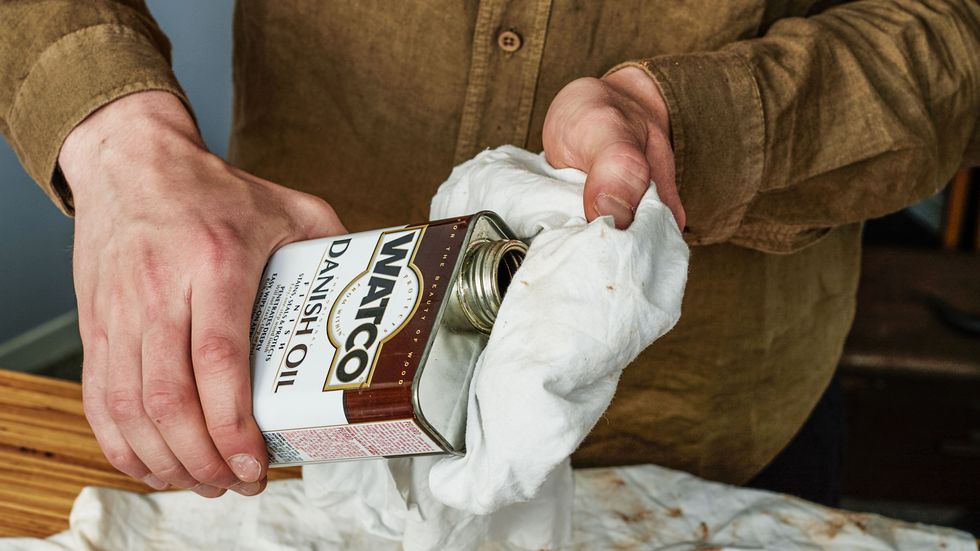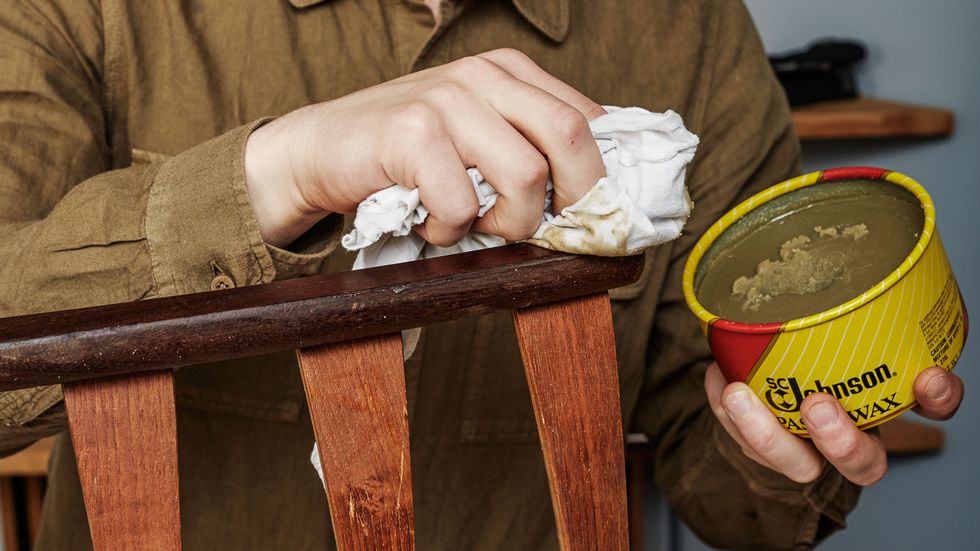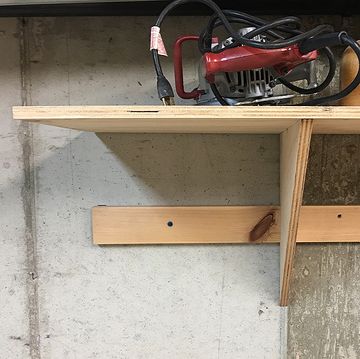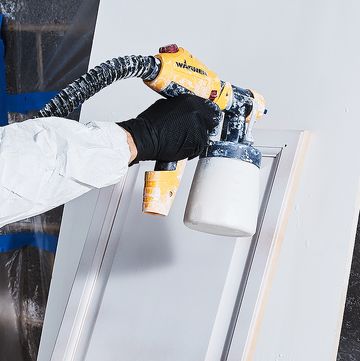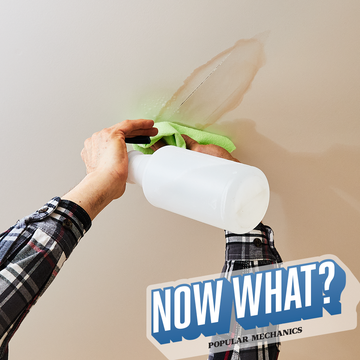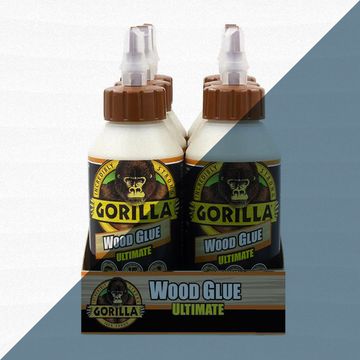It takes one bad decision to learn an important lesson about wood: The wrong stain can ruin it. For me, that lesson came with the deck my dad built on our house when I was in high school. After a couple weekends of construction, he turned things over to the family. We picked a stain, something called cottage gray that must have reminded us of houses we'd rented on beach vacations. Maybe we thought it'd be a constant reminder to relax. It was a poor choice. The gray clashed with the red brick of the house. Selfishly, my dad wasn't willing to rebuild the deck, so we tried to cover it with a dark brown. That worked, in that it looked . . . fine. For some reason it was only at this point that we looked over at our neighbors' deck and saw what we should have done: a simple, clear wood finish. The grain showed through. Knots and subtle flaws highlighted the character. Unlike ours, their deck looked good.
Since then, I've never liked to cover wood with any kind of stain. For me, the best way to finish even moderately attractive wood is with oil and wax. It's not durable enough for a kitchen table, but an oil finish is perfect for a bookcase, chair, or chest of drawers. When you have something beautiful, you don't want to cover it up.
Identify your wood
The more porous the wood, the tougher your job will be. A ring-porous hardwood such as oak will take the oil, but you won't get any shine. The oil is absorbed too deep. You'll have much better results with maple, cherry, or birch, which have tighter grains.
Sand
You need to start with an even, level surface. Also, sanding the wood fibers gives you a consistent amount of porosity, which means your finish will be more consistent, too. You already know this, but it bears repeating: Move from coarse sandpaper to fine. Typically you want to start with 120-grit. As you move up, don't skip more than one grade. You can go from 120 to 160, but 120 to 220 can allow scratch marks to show through. If you're hand-sanding, go with the grain. A random-orbit oscillating sander will save you a lot of time, but you'll need to do one pass afterward with a sanding block in the direction of the grain to get rid of any possible swirls (Fig. 1). When you finish with 220-grit sandpaper, blow off the sawdust with an air compressor and you're ready to add the oil.
Apply the oil
There are many types of oil finishes. Mineral oil doesn't cost much, maybe $8 for a bottle that will easily coat the entire table. Apply it liberally with a cloth. (Don't skip on the quality of cloth. Cheaper options will pill, and those little bits of fabric are a headache to get off. You might even want to run them through the wash once to be extra sure.) After the wood is saturated, any extra oil can be easily wiped off. At the end of the process you'll have a deeper color and a satin gloss.
Tung oil is another option. Unlike mineral oil, it dries with a slight sheen, and it is much more water resistant.
Or there's Watco Danish oil (Fig. 2). It has a little varnish in it, so you get the look of oil with the protection of a polyurethane. You can control the level of shine by adding more coats. Watco isn't absorbed rapidly, so give it a day between coats to dry. If you add another, go over the surface with a superfine sandpaper (1200-grit) to give the next coat some texture to hold on to. Just remember: The more gloss you add, the easier it will be to see any imperfections in the surface of the wood.
Let it dry
This part is easy: Leave the wood alone. A week should be plenty.
Wax the wood
Wax adds some protection to furniture and increases moisture repellency, but it tends to wear away. Depending on use, you'll want to reapply it every few months. Paste waxes come in different viscosities. Less viscous options will saturate a cloth easily, making them good for applications over moldings. Slightly thicker versions require fewer coats. Apply a thin layer of wax with a soft, lint-free cotton cloth (Fig. 3). Let the wax dry for a few minutes, then use a clean cloth to buff it to a shine. Like tung or Danish oil, the more layers of wax you add, the more protection and shine you'll get. If the piece you're working on has any kind of molding or tight, angular spaces, apply the wax with a cloth, then even it out with a shoe brush. Buff it with a clean cloth and brush it again with a horsehair brush.
This appears in the July/August 2017 issue.

